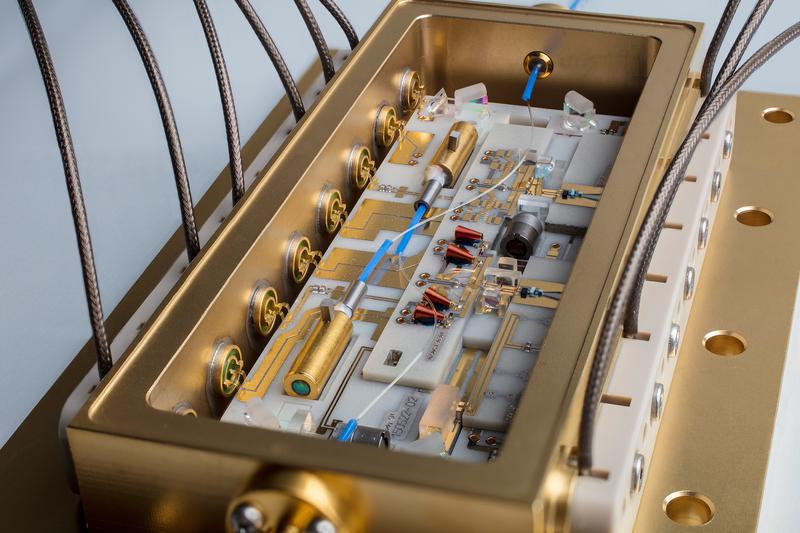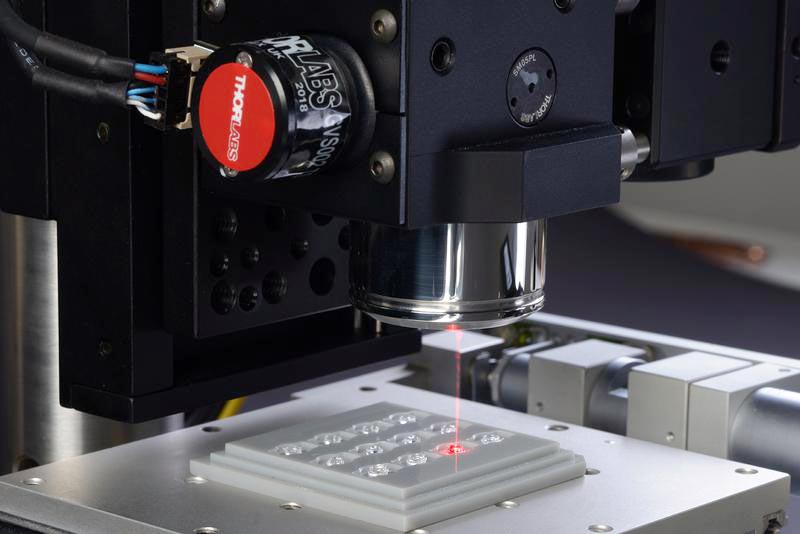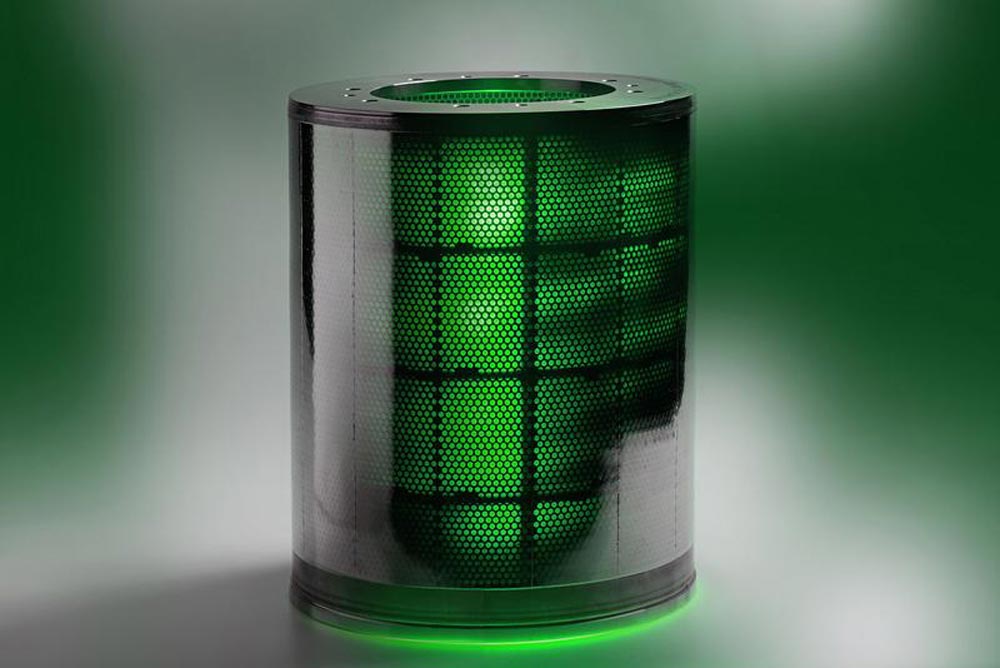
Exploring Printed Transparent Conducting Oxide Layers at Trade Fairs

TCOs are normally produced on solid substrates using vacuum coating such as sputtering, but can also be applied to flexible substrates such as plastic film using special TCO inks.
To do this, developers at the INM use TCO inks containing TCO nanoparticles and produced using wet chemistry processes. This method enables not only application to plastics and films but also, for the first time, direct printing of transparent conductor structures.
The INM will be exhibiting these and other developments from 15 to 17 October at Materialica 2013 in Munich and from 23 to 24 October at Eurofinish 2013 in Ghent (Belgium).
“We produce special nanoparticles from the transparent conducting oxides”, explains Peter William de Oliveira, Head of the Optical Materials Program Division. “By adding a solvent and a special binder, these modified TCO nanoparticles can be applied to the film directly by gravure printing as an “ink” using a printing plate”, he adds.
This process has a number of advantages. Gravure printing enables TCO layers to be printed cost-effectively in just one process step. As a result of UV curing at temperatures below 150°C, it is also possible to coat thin plastic films. The binder fulfills a number of tasks here. It produces good adhesion of the TCO nanoparticles to the substrate and also increases the flexibility of the TCO layers. This means that the conductivity remains the same, even if the films become distorted – a clear advantage over current high-vacuum techniques such as sputtering. “There is still potential here for further development”, explains physicist de Oliveira. “If we succeed in also making the binder conductive, conductivity as a whole will increase and the surface resistance will be further reduced.”
Coating on flexible film substrates is possible using the classic roll-to-roll process. Initial experiments on this at the INM are promising, and researchers are agreed that the use of structured rolls in future will mean that large, structured, conductive surfaces can also be printed cost-effectively and with a high output.
In addition to using TCO nanoparticles, developers at the INM are also working with the wet chemistry sol-gel process which is particularly suitable for temperature-stable substrates such as glass or ceramic. In this process, curing takes place at temperatures above 450°C. In addition to large-area substrates, more complex geometries such as pipes and moldings can also be coated. “Here again, the advantage lies in the costs”, says the Head of the Program Division.
With vacuum coating processes such as the sputter method, expensive high-vacuum apparatus and large TCO targets are needed for coating large areas; there is also the limited possibility of evenly coating curved substrates using this technique.
At the INM, too, the material of choice is predominantly indium tin oxide (ITO). Because of dwindling resources and the high price of the raw material indium, researchers at the INM are also increasingly testing alternative transparent oxides such as aluminum zinc oxide (AZO).
Contact:
Dr. Peter William de Oliveira
INM – Leibniz Institute for New Materials
Programme Division Optical Materials
Phone: +49681-9300-148
peter.oliveira@inm-gmbh.de
INM conducts research and development to create new materials – for today, tomorrow and beyond. Chemists, physicists, biologists, materials scientists and engineers team up to focus on these essential questions: Which material properties are new, how can they be investigated and how can they be tailored for industrial applications in the future? Four research thrusts determine the current developments at INM: New materials for energy application, new concepts for implant surfaces, new surfaces for tribological applications and nanosafety/nanobio interaction. Research at INM is performed in three fields: Chemical Nanotechnology, Interface Materials, and Materials in Biology.
INM – Leibniz Institute for New Materials, situated in Saarbruecken, is an internationally leading centre for materials research. It is an institute of the Leibniz Association and has about 190 employees.














